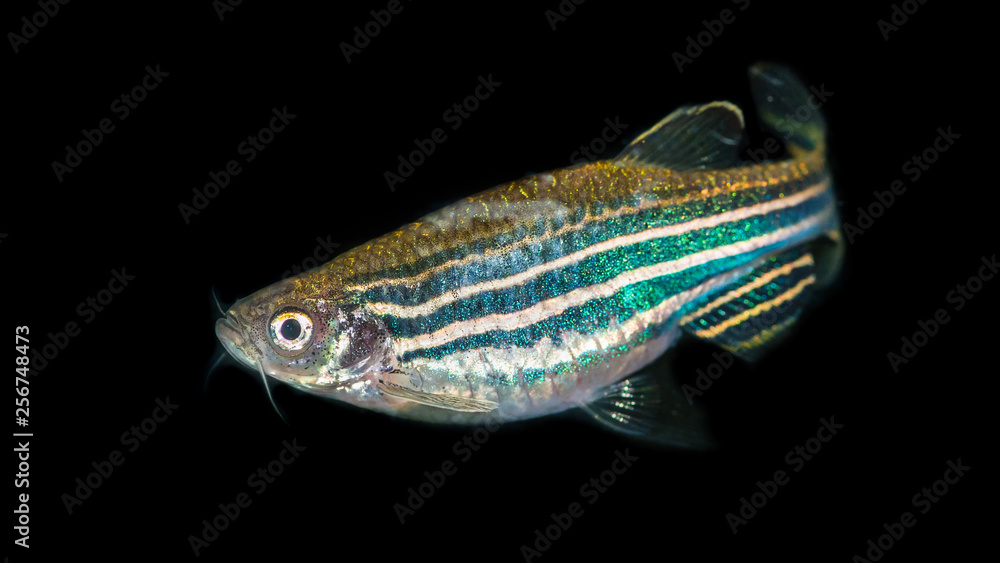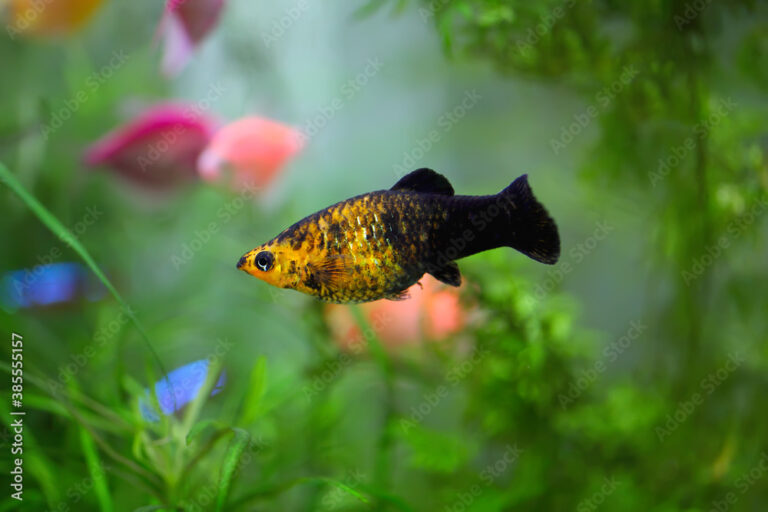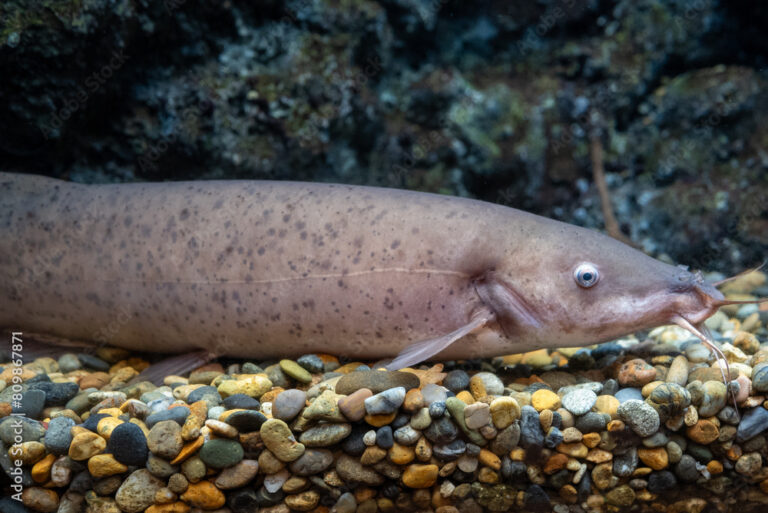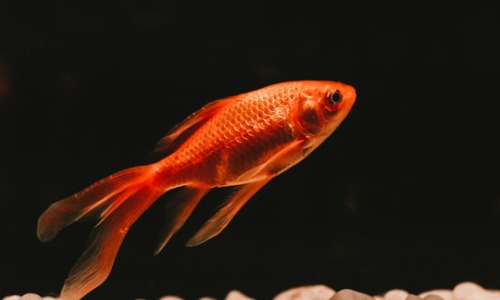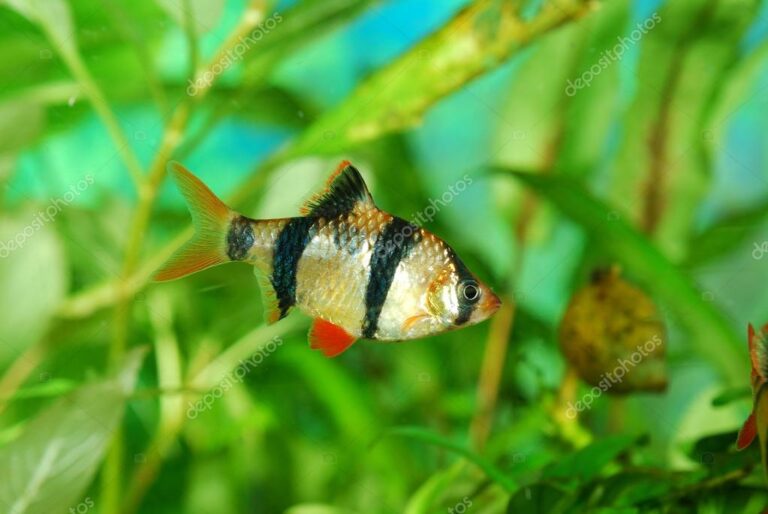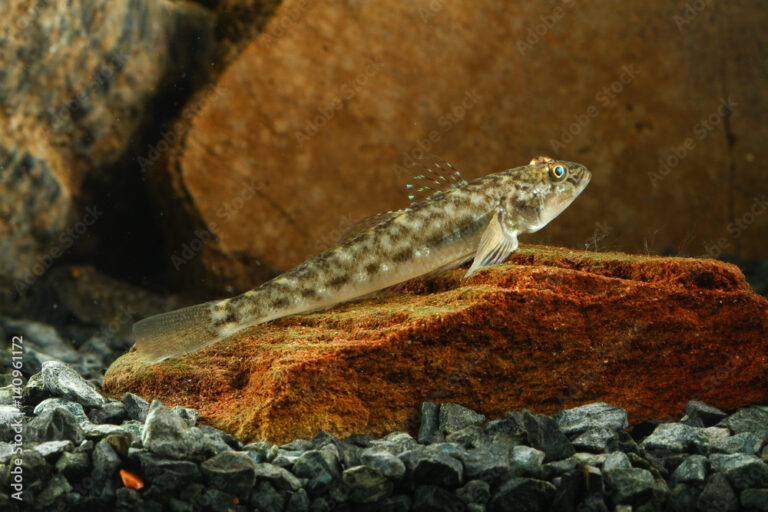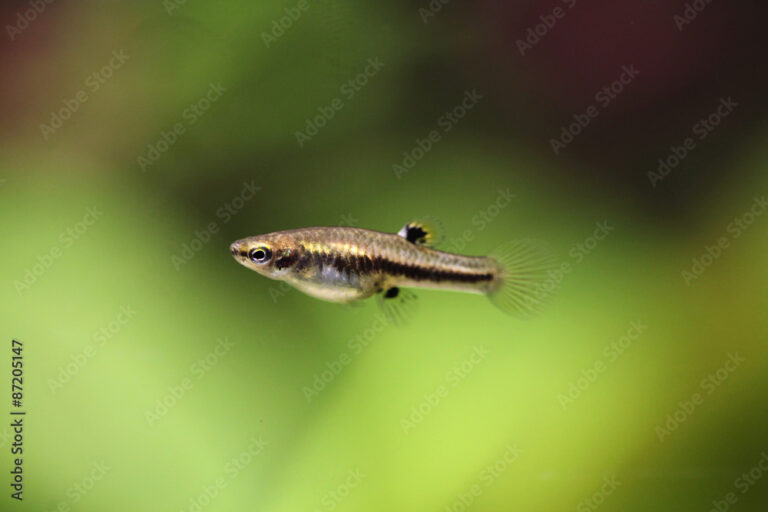The Ultimate Guide to Keeping Zebrafish in Your Freshwater Aquarium

Are you looking for a lively, beginner-friendly fish to bring life to your freshwater aquarium? Look no further than the remarkable Zebrafish! These small, colorful fish are a favorite among aquarium hobbyists for their hardiness, playful swimming patterns, and striking horizontal stripes.
Zebrafish (scientific name Danio rerio) are more than just visually appealing—they’re also relatively easy to care for, making them a great choice for those new to the aquarium hobby. This guide will walk you through everything you need to know about Zebrafish, from understanding their natural habitat and setting up an ideal aquarium to feeding, disease prevention, and even breeding.
Why Zebrafish Are a Great Choice for Your Aquarium
Zebrafish are native to South Asia and are known for their adaptability and resilience. Their active nature and ability to thrive in various conditions have made them a staple in the freshwater aquarium community. “Zebrafish are a fantastic choice for beginners due to their hardiness and active nature,” says John Doe, an experienced aquarist.
Benefits of Keeping Zebrafish
- Active and Playful: Watching Zebrafish dart around your aquarium is a joy—they’re always on the move!
- Beginner-Friendly: They’re forgiving of minor mistakes, making them ideal for those new to the hobby.
- Visually Appealing: Their shimmering blue and silver stripes brighten any tank, adding a touch of elegance.
Now, let’s explore how to set up and maintain the perfect habitat for your Zebrafish.
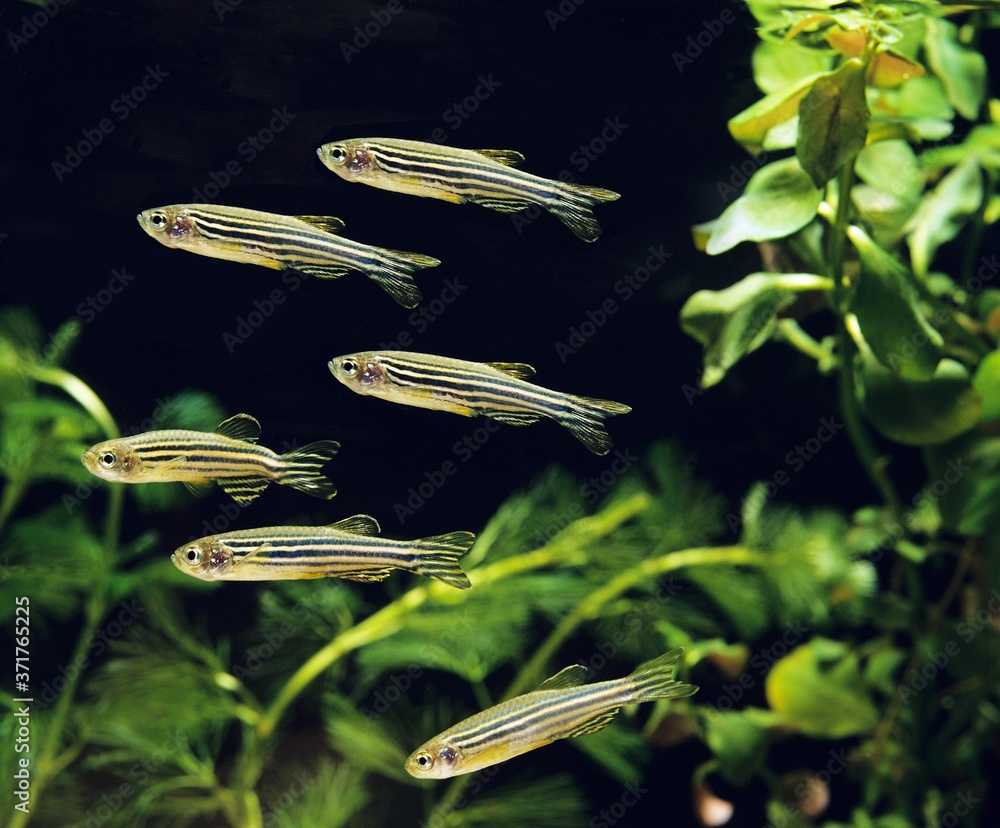
Natural Habitat and Care Requirements
Zebrafish are native to the freshwaters of South Asia, often found in slow-moving streams, ponds, and rice paddies. Their natural environment is characterized by clean, well-oxygenated water and plenty of space to swim.
Basics of Zebrafish Care
To replicate their natural habitat:
- Keep them in groups of at least 5, as they are shoaling fish and thrive in numbers.
- Provide ample swimming space and some hiding spots for security.
Jane Smith, a marine biologist, emphasizes the importance of consistency in care. “Maintaining stable water parameters is key to keeping your Zebrafish healthy and vibrant,” she explains.
Setting Up the Aquarium
Creating the right setup for your Zebrafish is crucial for their health and happiness. Here’s what you need to consider:
Tank Size
A 10-gallon tank is the minimum requirement for a small group of Zebrafish. However, larger tanks (20 gallons or more) are better, as they give these active swimmers more room to move around.
Substrate and Decoration
- Use a fine, sandy substrate or smooth gravel to mimic their natural habitat.
- Add live plants, like java moss or anubias, and small decorations to provide shelter.
Lighting and Filtration
- Moderate lighting helps bring out their vibrant colors.
- Use a reliable filter to maintain clean and well-oxygenated water, but avoid strong currents.
Once you’ve set up the tank, it’s time to ensure the water is just right for your Zebrafish.
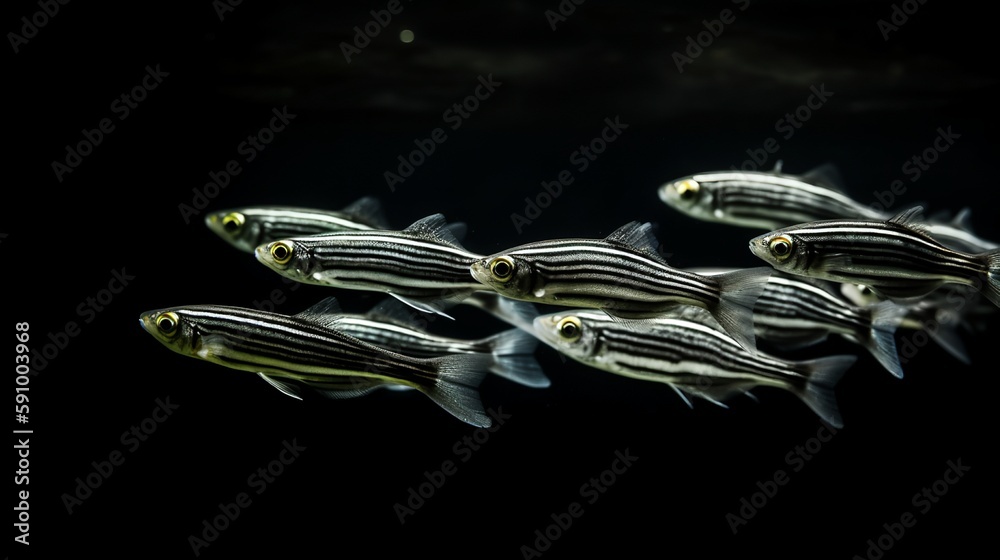
Water Parameters and Maintenance
Stable water conditions are essential for keeping Zebrafish healthy. Regular testing and maintenance will go a long way in ensuring their well-being.
Ideal Water Conditions
- Temperature: 64–74°F (18–24°C)
- pH Level: 6.5–7.5
- Ammonia/Nitrite: Undetectable levels
- Hardness: 5–12 dGH
Maintenance Tips
- Perform 25% water changes weekly to keep the tank clean and remove excess waste.
- Test the water regularly using a freshwater aquarium testing kit.
- Clean the filter media every month (following the manufacturer’s guidelines).
By maintaining these parameters, you’ll create a thriving environment for your Zebrafish.
Feeding and Diet
Zebrafish are omnivores, meaning they enjoy both plant-based and protein-rich foods. Providing a varied diet ensures they get all the necessary nutrients.
What to Feed Zebrafish
- Staple Diet: High-quality flake or pellet foods designed for tropical freshwater fish.
- Live/Frozen Foods: Brine shrimp, daphnia, and bloodworms are excellent protein-rich treats.
- Vegetables: Blanched spinach or zucchini in small quantities.
Feed them small amounts twice a day, ensuring they can consume the food within 2–3 minutes. Overfeeding can lead to water quality issues, so be cautious.
Common Diseases and Prevention
While Zebrafish are hardy, they can still fall victim to common freshwater fish ailments. Being proactive in monitoring their health is key to prevention.
Common Diseases
- Ich (White Spot Disease): Look out for small white spots on their bodies.
- Fin Rot: Frayed or discolored fins may signal this bacterial infection.
- Velvet Disease: A golden, velvety film on their bodies is a sign of this parasitic condition.
Prevention Tips
- Quarantine new fish before adding them to the tank.
- Maintain excellent water quality by cleaning the tank regularly.
- Avoid overcrowding, as stress can weaken their immune systems.
If you notice any signs of illness, address the issue promptly with appropriate treatments available at your local pet store.
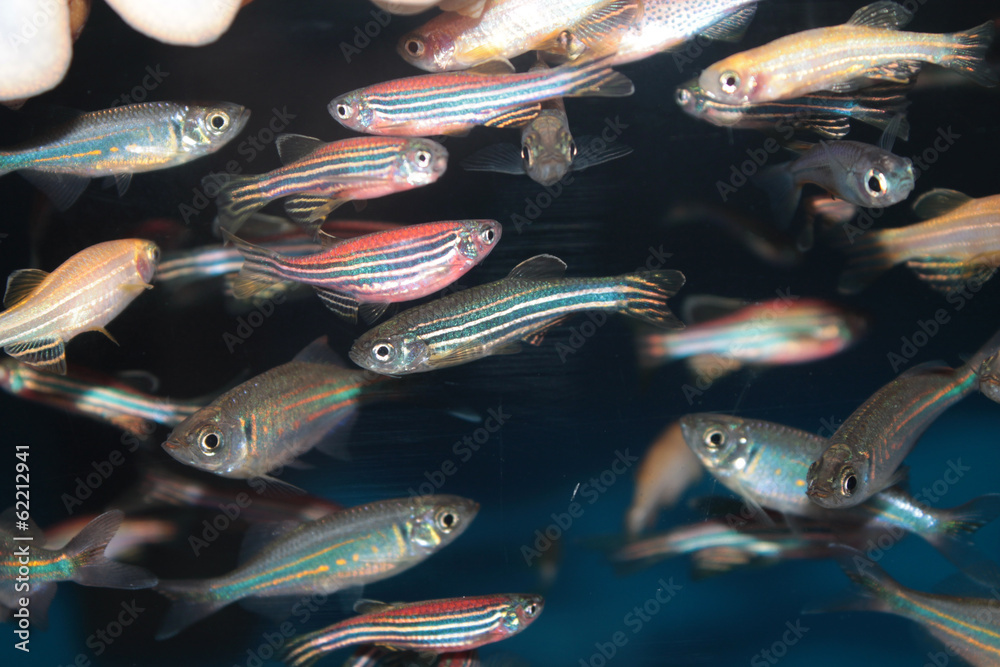
Breeding Zebrafish
Breeding Zebrafish can be a rewarding experience for aquarium hobbyists. Plus, watching the fry (baby fish) grow is a delight for enthusiasts!
How to Breed Zebrafish
- Set Up a Breeding Tank: Use a small, separate tank with a mesh floor to protect eggs from being eaten.
- Condition the Breeding Pair: Feed them live or frozen foods to prepare them for spawning.
- Observe the Spawning Process: Once conditions are optimal, the female will lay eggs, which the male fertilizes.
Dr. Lee, a Zebrafish researcher, shares, “Breeding Zebrafish can be a rewarding experience, offering insights into their fascinating reproductive behavior.”
Caring for Fry
Keep the fry in the breeding tank and feed them infusoria or finely crushed fish food until they grow large enough to join the main tank.
Take Your Zebrafish Knowledge Further
Zebrafish are captivating creatures that bring energy and beauty to any aquarium. By following this guide, you can provide them with a healthy environment, a nutritious diet, and a safe space to thrive and even reproduce.
Now it’s your turn! Share your Zebrafish experiences in the comments below. We’d love to hear about your setups, challenges, and successes in caring for these wonderful fish. Together, we can create a vibrant community of knowledgeable aquarium enthusiasts.

